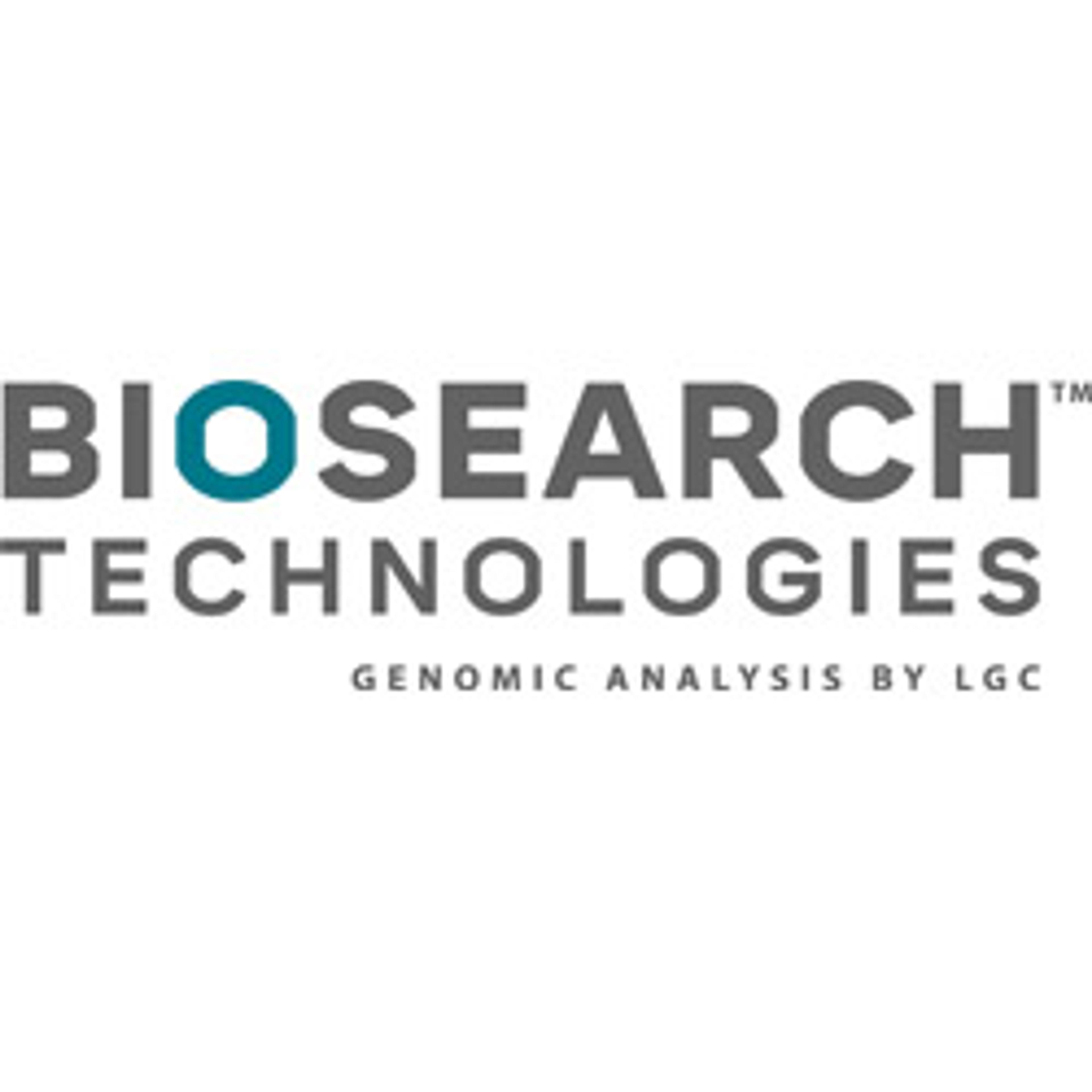Decentralizing healthcare through point-of-care diagnostics
Portable testing platforms are set to drive precision medicine and community health into 2024, so when will they see a more widespread adoption amongst healthcare providers and individuals alike?
13 Dec 2023

Point-of-care technologies are becoming increasingly favored for their ability to reduce the time from a result to a decision and as a tool to help decentralize the practice of primary healthcare services. However, for diagnostic companies developing these testing platforms, the route to the patient is still quite complex. The technology needs to be affordable and easy to use, and the time-to-result needs to be fast enough to warrant widespread adoption in a variety of settings.
This drive for more accessible, accurate, and rapid diagnostics underscores a demand for new, pioneering molecular diagnostics to play a vital role in disease surveillance, outbreak management, and agile public health interventions. Although delivering on this trifecta of care has created a significant challenge for diagnostics companies, the need for critical solutions has generated a range of exciting and innovative PCR- and nucleic acid amplification test- (NAATs) based platforms which are poised to transform point-of-care and community testing.
From realizing the potential of mega multiplexing, to exciting loop-mediated isothermal amplification (LAMP)-based portable diagnostics and CRISPR-based diagnostics leveraging a customized HPV genome database, SelectScience® has been exploring what it takes to develop a novel molecular diagnostics platform. However, as point-of-care diagnostics continue to take the center stage in areas such as respiratory and sexual health, the question remains: what obstacles need to be addressed for point-of-care diagnostic options to make a substantial impact on the future of primary care and community health?
Shaping the future of diagnostics
Reconnecting with Co-Diagnostics and the Brooke Army Medical Center, SelectScience uncovers what the future of point-of-care portable diagnostics might look like.
Q. How do you envision the future of point-of-care and home diagnostics evolving in terms of accessibility and ease of use for both healthcare professionals and patients?
Mark Poritz, CSO of Co-Diagnostics: Rapid Antigen Tests (RAT) to detect viruses and bacteria have been available for some years. But, as the COVID-19 pandemic made clear, RATs have struggled to be as sensitive as the best laboratory based NAATs. In the near future, NAAT systems with the sensitivity and specificity of lab-based PCR will be available for point-of-care and home diagnostic testing. However, these systems will only see widespread adoption if they have the low cost, short time-to-result, and simple workflow of the RAT tests. This is a difficult, but not impossible task given the current state of electronics and diagnostics manufacturing. These systems will have the additional requirement that test results can be easily shared with the patient’s health care provider and, if the patient consents, with the public health system. This must be done, and can be done, in a manner that respects the patient’s privacy.
COL Jane Shen-Gunther, Brooke Army Medical Center: The future of point-of-care and home diagnostics will be characterized by continuous advancements in technology and the development of innovative diagnostic tools. These advancements will enable rapid and accurate detection of diseases, allowing for immediate treatment and improved patient outcomes.
The use of CRISPR/Cas nucleic acid detection, noninvasive sensor technology, and miniaturized bioanalysis instruments are some of the key areas of development in this field and will contribute to the accessibility and convenience of diagnostic testing, ultimately improving healthcare outcomes for individuals worldwide. The integration of digital interfaces has also contributed to making diagnostic testing more accessible and convenient for patients, which can empower individuals to take control of their health and improve healthcare outcomes.
Q. What technological advancements do you believe will have the most significant impact on the accuracy and efficiency of point-of-care and home diagnostics in the coming years?
Mark Poritz, CSO of Co-Diagnostics: The COVID-19 pandemic reminded us of the innovation in the engineer’s mantra: “The better is the enemy of the good.” For the right sample type – anterior nasal swab or saliva – patients can self-collect just as well, and in a more-timely fashion, as a health care provider can. For the right sample type, minimal sample purification is perfectly adequate if the downstream test is sufficiently robust. Another area of innovation will be to ‘outsource’ the electronics: use the patient’s cell phone or the clinic’s tablet as the user interface to the test system and send the PCR data to the ‘cloud’ for analysis and reporting. While the best point-of-care NAAT will not be instrument free, it can, and should, be very minimal. Further innovation will take advantage of the decades of enzyme engineering that enable biochemical reagents that are easy to manufacture at scale and are stable at room temperature for years.
Q. As scientists, what do you see as the most pressing challenges or barriers that need to be overcome for the widespread adoption of point-of-care and home diagnostics, and how do you propose addressing them?
COL Jane Shen-Gunther, Brooke Army Medical Center: The widespread adoption of home CRISPR-based diagnostic tests faces challenges related to sensitivity and specificity, user-friendliness and cost-effectiveness, regulatory and ethical considerations, and the expansion of target detection. Overcoming these challenges will require further optimization and validation of the assays, the development of user-friendly platforms, the establishment of regulatory frameworks, and continued research and development. Addressing these challenges will be crucial for realizing the full potential of home CRISPR-based diagnostic tests and their impact on personalized healthcare.
Mark Poritz, CSO of Co-Diagnostics: Some of the most difficult barriers to widespread adoption of home and point-of-care tests are social, not technical. Regulatory authorities must remain willing to approve point-of-care and home tests. Insurance providers must be willing to reimburse for these tests. Patients must accept the premise that the common good is best served when their test results are merged with everyone else’s to give public health authorities a real time ‘weather map’ of infectious disease. Interestingly, the directors of clinical laboratories are no longer part of the pushback against testing at home or in a walk-in clinic. Instead, they are asking how to integrate these initial test results into their workflows to best serve the needs of the patient and the health care provider. Barriers to adoption will be overcome as everyone in the ecosystem sees the benefits of the patient as the supplier of both the sample and the test result.



